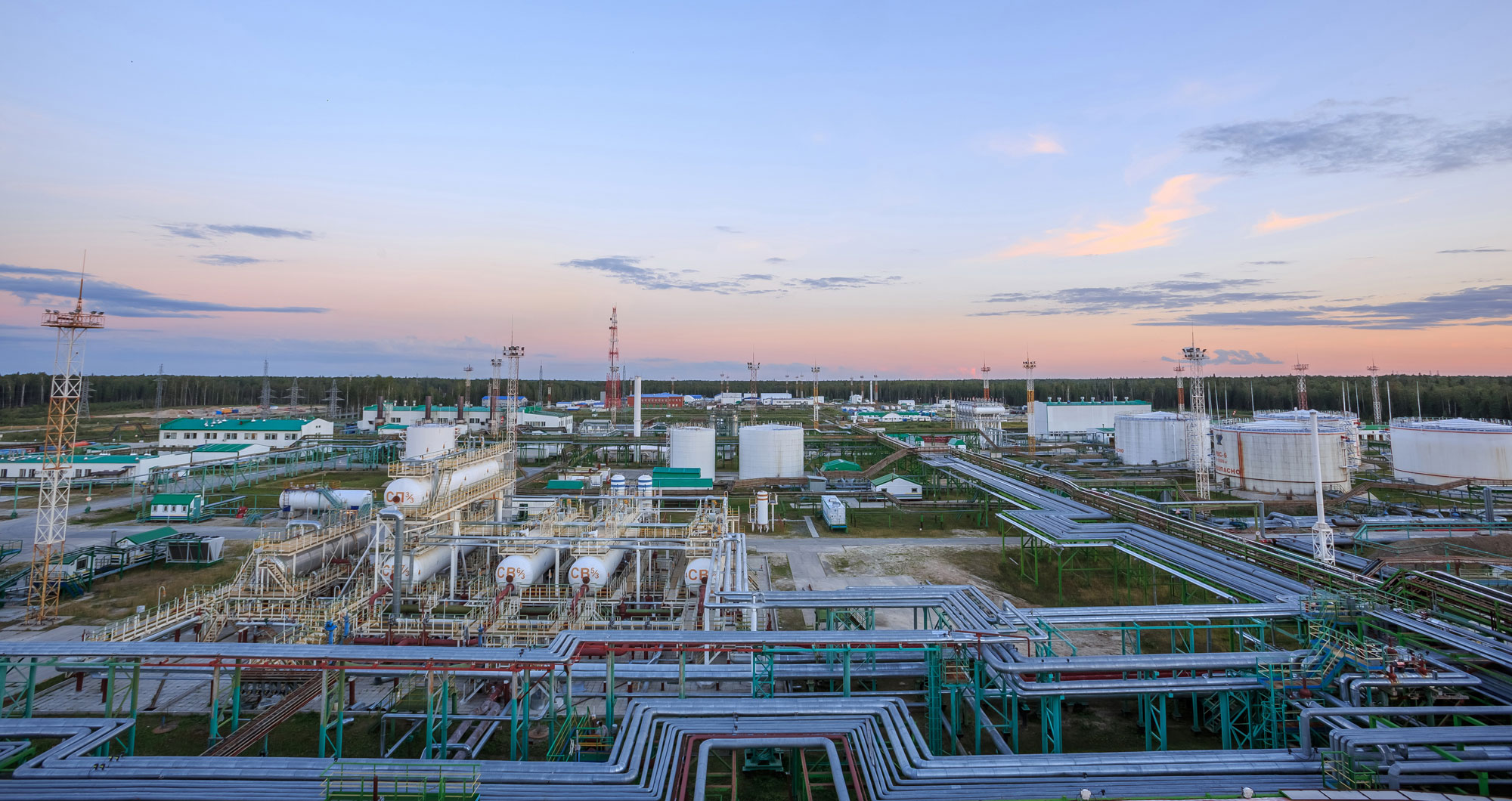Achieving a world-class workplace safety culture on a massive scale on construction of Shell Pearl gas-to-liquids plant
Leadership at a tier-two energy company overcame doubts to become Incident and Injury-Free™ (IIF™) safety champions



Leadership at a tier-two energy company overcame doubts to become Incident and Injury-Free™ (IIF™) safety champions
The construction of Shell Pearl gas-to-liquid (GTL) plant was one of the most complex and challenging energy projects ever commissioned. The joint development by Qatar Petroleum and Shell, represents a major step forward in meeting the growing demand for cleaner energy. For example, the transport fuel can be used in existing light and heavy diesel engines with benefits including lower emissions and engine performance enhancement. Due to the size and scope of the plant, the construction project was divided into 10 ‘smaller’ projects with thousands of workers on each and a combined workforce of 52,000.
A shortage of skilled construction workers in the region was a significant safety challenge. In addition to a lack of training, the more than 50 nationalities working on the site came from multiple cultures, spoke dozens of different languages, and had little to no safety background. Dealing with this high level of complexity called for an innovative approach.
From the beginning, workplace safety was a major focus of Shell Pearl GTL. Shell formed a leadership group with the CEOs of the contractors to focus on establishing excellent worker welfare and outstanding training facilities. As these initiatives were implemented, Shell management wanted to do more work on the safety culture among the growing workforce. Shell brought JMJ into the project to support building a strong safety culture on the vast site. Our work spanned all projects and teams, including contractors and subcontractors.
Under Shell’s leadership, JMJ took a two-phased approach. The first area of focus was helping a broad range of the workforce develop the skills to generate a strong safety culture. The second involved working with management to develop Incident and Injury-Free ™ (IIF™) leadership teams containing all project contractor leadership across the 10 individual projects. These leaders implemented safety vision on the ground.
In addition to the IIF workplace safety program, JMJ’s High-Performance Projects™ team also engaged with clients and contractors to align interests and priorities, enabling candid conversations about partnering and making a difference by taking care of people. With Shell management’s support, JMJ has over 100 ongoing leadership coaching relationships focused on management, including project directors, construction directors and commissioning managers.
In July 2010, Shell Pearl GTL announced that it had achieved a major milestone by attaining 77M worker-hours without a lost time injury for the first time since construction had begun several years before. This was a record to for Qatar, and in Shell’s more than 100-year project history. Pearl GTL won the Shell CEO Award in recognition of “outstanding performance” in safety for two consecutive years and won the Shell Welfare Award.